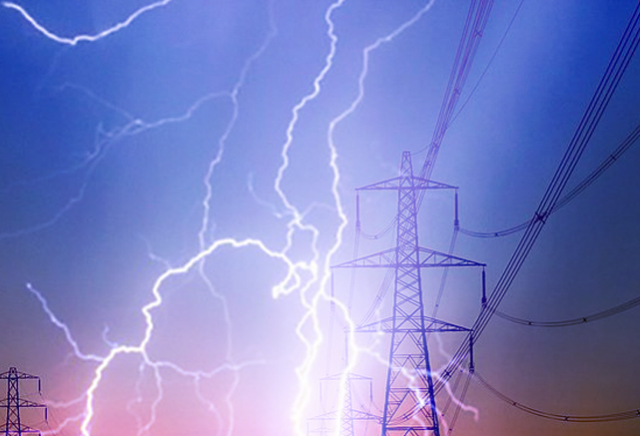The IEEE Green book Std, 142-2007, IEEE Recommended Practice for Grounding of Industrial and Commercial Power Systems defines transferred earth potential as the voltage to earth of grounding systems that will appear on conductors as a result of the source system grounding electrode being above normal earth potential. This voltage is usually caused by ground-fault current returning to their source through the earth.
An example is a ground fault on a conductor supplying a substation transformer primary to the substation ground grid used as the grounding of the transformer secondary neutral. If the grounding grid is not connected to the high-voltage source system ground, there can be a significant voltage rise above earth potential as the fault current flows into the earth. The earth potential rise of a substation may be in the order of 5000V. The earth potential rise will be added to the voltage level on the transformer secondary. The total voltage may exceed the insulation levels of conductors or the equipment to which they are connected.
Buried metals such as metallic pipelines, cable sheaths, and communications cables can transfer earth potential rise from one location to a remote location with different earth potential. The earth potential rise can be transferred out to an object at a no-fault location by an earth conductor, cable sheath, metal pipe, rail, metallic fences, metal structures, or similar type conducting objects, leaving or near the substation.
To avoid this situation to ensure the protection of both personnel and equipment protection at remote locations, transferred potentials can be limited by:
- Bonding together of earth grids using cable sheaths, armor and earth conductors.
- Isolation transformers may be installed in communications and protection circuits
- Rail and pipe isolation joints may be used to limit the travel of transferred potential
- Installation of surge diverters
Induced voltage calculations should be performed where transfer potentials may be possible.
